Women of EPS
 We mark the 150th anniversary of the UC Regents' landmark decision to approve the resolution that allowed women to be admitted into the university on the same terms as men. Earth and Planetary Science (EPS), as well as the rest of the Berkeley community, celebrates this historical milestone by commemorating the year-long 150 Years of Women at Berkeley celebration.
We mark the 150th anniversary of the UC Regents' landmark decision to approve the resolution that allowed women to be admitted into the university on the same terms as men. Earth and Planetary Science (EPS), as well as the rest of the Berkeley community, celebrates this historical milestone by commemorating the year-long 150 Years of Women at Berkeley celebration.
For decades, our female students, faculty, and alumni have been pioneers, leading in their fields, the university, and beyond. In celebration of 150 Years of Women at Berkeley, we are highlighting some of the women who have been lighting the way for over a century.
This is a living document that will continue to be expanded and updated.
Faculty
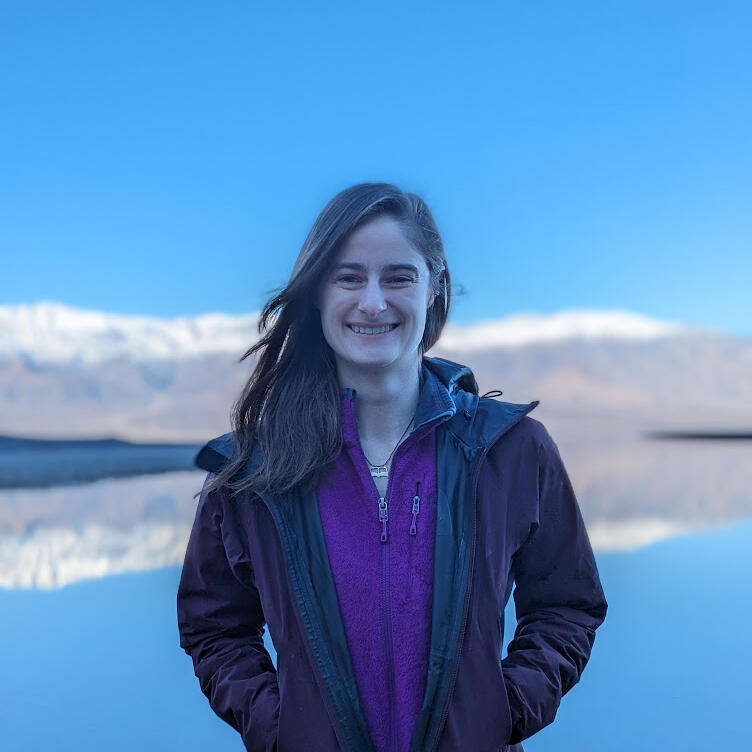
Madison Douglas
Madison Douglas is a geomorphologist who studies how landscapes evolve. Her lab combines field work, flume experiments, and numerical modeling to understand how sediment is produced, transported, and deposited. Current research topics include predicting erosion as Arctic permafrost thaws as well as the climatic, tectonic, and extreme event forcings that influence riverine morphology and carbon cycling. Interdisciplinary collaborations help her group explore interactions between the physical, chemical, and biological processes that shape Earth's surface.
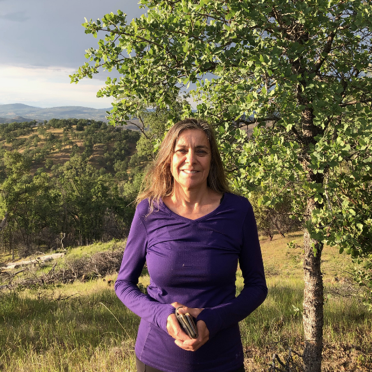
Jill Banfield
Jill Banfield studies the interaction between minerals and microorganisms. Using novel molecular methods, including community genomics and proteomics, she was able to unravel how microorganisms function and evolve in their natural environments. By identifying new lineages of organisms, she created a new Tree of Life. In addition to receiving a host of awards, she is a MacArthur fellow, and a fellow of the Mineralogical Society of America, American Academy of Microbiology, Geochemical Society, and the Royal Society. She was elected to the National Academy of Sciences in 2006.
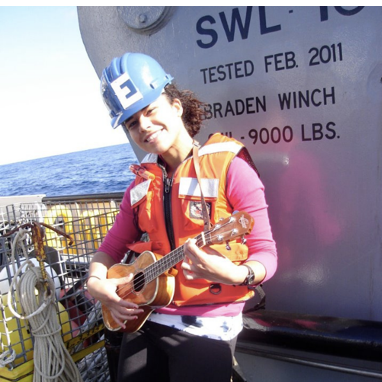
Bethanie Edwards
Bethanie Edwards is a sea-going microbial oceanographer. Her lab studies a wide range of marine microbes including viruses, bacteria, phytoplankton, and zooplankton. She combines big-data analysis with biogeochemical techniques to understand the impact of marine microbes on carbon export in the ocean, between surface and deeper environments. She uses a wide range of lipids to study community composition, cellular stress, and environmental conditions, in the lab and at sea.
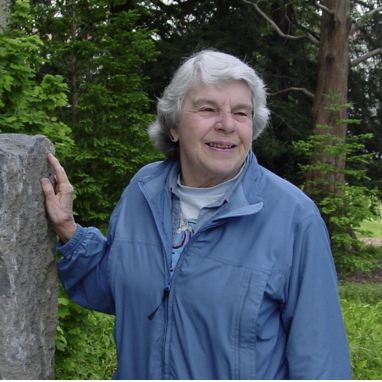
Doris Sloan
Doris Sloan studied the geological history of the San Francisco Bay. She published the comprehensive Geology of the San Francisco Bay Region with UC press. Her career began with a summer EPS class in the Sierra Nevada. Early activism proved instrumental in helping to prevent a nuclear reactor from being built right on top of the San Andreas fault. She taught Environmental Sciences at Berkeley for 20 years. Adjunct professor Sloan is also an alumnus of EPS (MS 1975) and Paleontology (PhD 1981).

Kristie Boering
Kristie Boering is an atmospheric chemist whose novel laboratory experiments and isotopic measurements provide new ways to track atmospheric circulation and the influence of human activities on Earth’s climate. Her research spans laboratory, modeling, and field studies to understand the isotopic composition of gases in the atmospheres of Earth and other planets – from the physical chemistry of isotope effects to making and using isotope measurements to understand the evolution of planetary atmospheres. She was elected to the National Academy of Sciences in 2018.
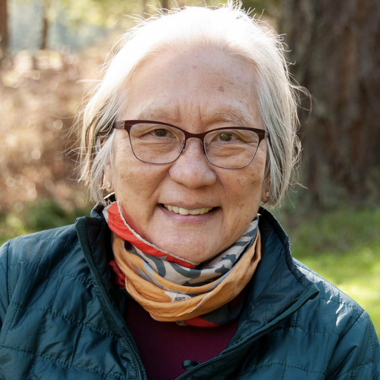
Inez Fung
Inez Fung is a climate scientist, and the Founding Director of the Berkeley Atmospheric Sciences Center. Her research is focused on understanding the sources and sinks of atmospheric carbon dioxide and how they evolve with the changing climate. She has been honored with election to, inter alia, the National Academy of Sciences, Academia Sinica (Taiwan), and the Royal Society, London. Her research has also been recognized by the Roger Revelle Medal of the American Geophysical Union and the Rossby Research Medal of the American Meteorological Society.
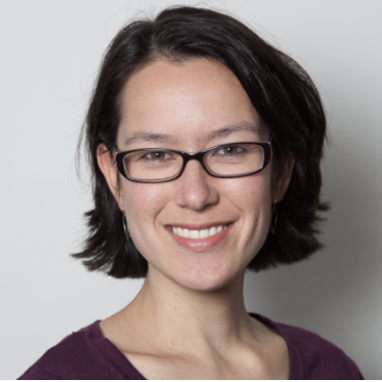
Kanani Lee
Kanani Lee uses diamond anvil cells and shock experiments to study the physics and chemistry of Earth materials at temperatures and pressures of the deep mantle and core. Her research has focused on quantitative heating experiments at high pressures, addressing melting and oxygen fugacity in the Earth’s mantle, as well as revealing novel types of materials that may be found on exoplanets. Before joining EPS as an adjunct faculty member and the Lawrence Livermore National Lab as a staff scientist, she was on the faculty at Yale. She is also an alumnus of EPS (PhD 2003).
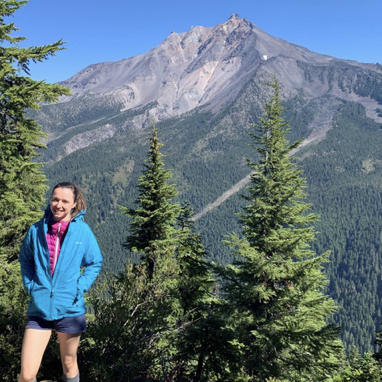
Penny Wieser
Penny Wieser is a volcanologist studying mantle melting, magma storage and evolution, and degassing processes through the analysis of erupted melts, crystals and volcanic aerosols. So far, her research has primarily focused on the Andean Southern Volcanic Zone, Kīlauea Volcano, and the Cascade arc, with collaborative projects involving recent eruptions in Iceland and La Palma. She is also passionate about the development of open-source packages in Python to make petrology more reproducible and accessible, and enjoys running workshops showcasing the power of Python and building proficiency amongst igneous petrologists. (Photo: Wieser in the Cascades overlooking Seekseekqua, Mt. Jefferson)
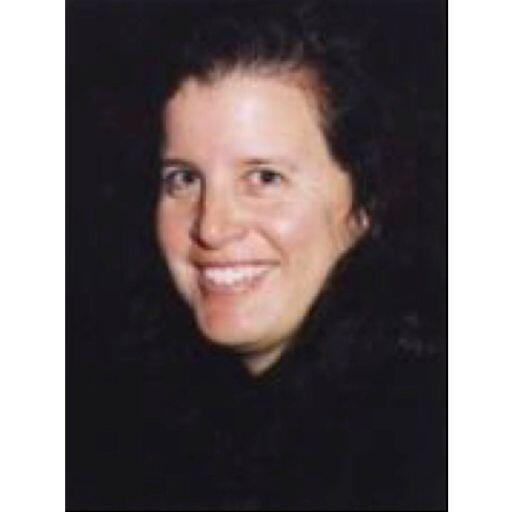
Lynn Ingram
Lynn Ingram is a paleoclimatologist with a focus on changes in California climate over the past several thousand years. Using sedimentary geochemistry and isotopic measurements, she was able to quantify changes in ocean circulation and salinity, precipitation, river discharge, and water temperature. In 2013 she co-authored an influential book with UC Press, The West Without Water: What Past Floods, Droughts, and Other Climatic Clues Tell Us About Tomorrow. She introduced the course “Communicating Ocean Science” and partnered with the Lawrence Hall of Science to reach K-12 communities. Her research was recognized by election to the California Academy of Sciences.
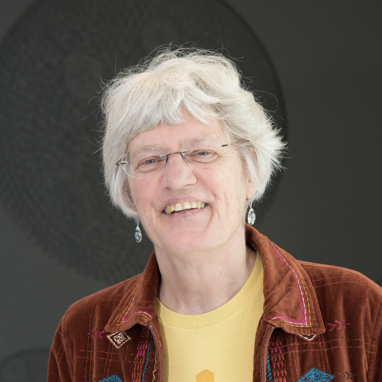
Imke de Pater
Imke de Pater was the first woman appointed to the Faculty in the Department of Astronomy and has a joint appointment with EPS. She is a planetary astronomer, using telescopes across the electromagnetic spectrum. She is best known for her pioneering work on Jupiter's synchrotron radiation, and the effect on this radiation by the impact of Comet Shoemaker-Levy 9 into Jupiter’s atmosphere. She studies the atmospheres of the giant planets, both above and well below the visible cloud layers, planetary rings, weather on Titan, and Io's volcanic activity. She coauthored two classic textbooks including “Planetary Sciences”, which received the Chambliss Writing Award from the American Astronomical Society. She received the John Howard Dellinger Gold Medal and is an AGU Fellow.
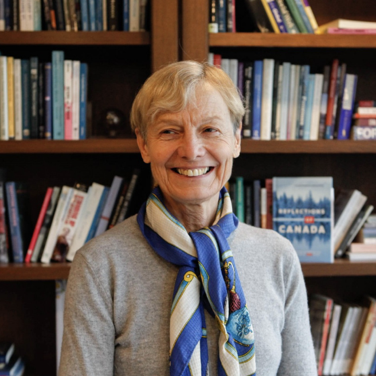
Barbara Romanowicz
Barbara Romanowicz was the first woman appointed as a professor in EPS and served for two decades as director of the Berkeley Seismological Laboratory. She pioneered the imaging of large scale structures in the Earth’s interior using seismic waves. She established the first global network of seismometers to study earthquakes and image Earth’s interior. She has received many recognitions, including election to the National Academy of Sciences in 2005, and is a Chevalier de la Legion d’Honneur in France. She received the highest award from the American Geophysical Union, the Bowie medal, granted for both scientific and service contributions.
Alumni
Maria Luisa Crawford
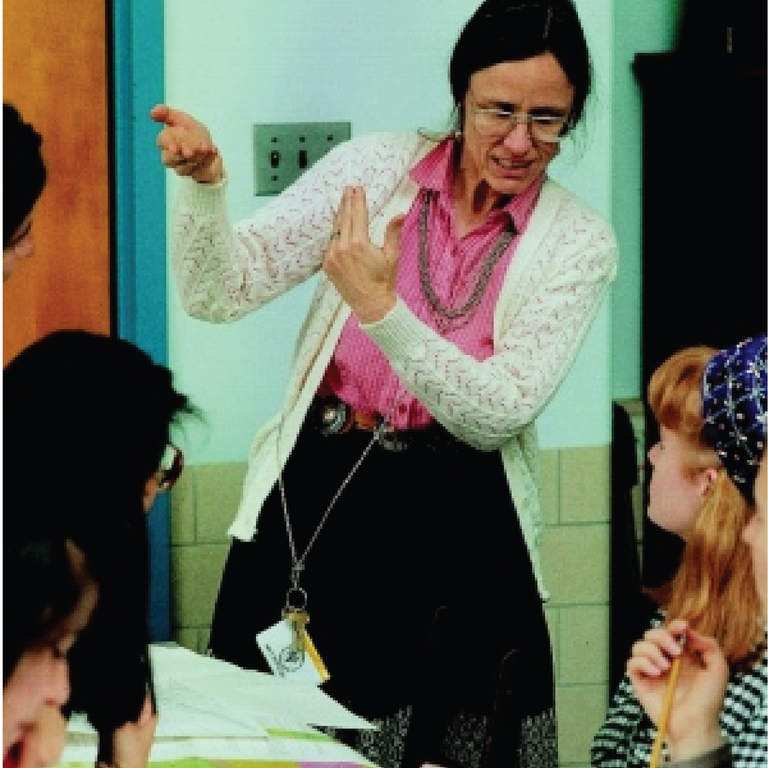
Maria Luisa Crawford
Maria Luisa “Weecha” Crawford (1939-2023, PhD 1965) was a metamorphic petrologist who graduated summa cum laude from Bryn Mawr College in 1960, when she received a Wilson Fellowship plus a Fulbright to study in Norway. She taught at Bryn Mawr 1965-2006, where she inspired generations of students with exciting field work in Canada and Alaska. In 1998 she received the Outstanding Educator Award from the Association for Women Geoscientists which continues to administer the Crawford Field Camp Scholarship Fund in her honor. She received a prestigious MacArthur Fellowship in 1993.
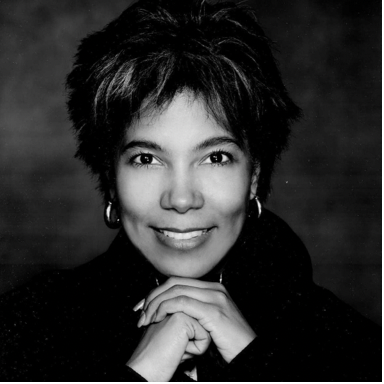
Claudia Alexander
Claudia Alexander (BA 1983) integrated science and engineering to explore the interiors of planetary bodies, from comets to the gas giants. She was the last project manager of the NASA Galileo mission to Jupiter, and was project scientist for NASA’s contributions to the Rosetta mission until her passing. She is the author of numerous children’s books including some in the series Windows to Adventure. She was a strong advocate for women and minorities in STEM. Among her many recognitions, she was named woman of the year by the Association of Women Geoscientists.

Hannah Bourne
Hannah Bourne (PhD 2018) co-engineered, calibrated, and deployed at sea autonomous ocean profiling robots (Carbon Flux Explorers) designed to measure the rate at which particulate organic carbon sinks through the ocean’s 1000 m deep twilight zone. She found that both carbon flux and transfer efficiency to depth below productive offshore flowing filaments of upwelled water were far greater than previously assumed. Dr. Bourne is presently employed at Planet Labs.
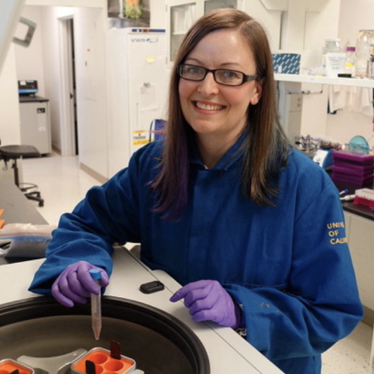
Joanne Emerson
Joanne Emerson (PhD 2012) bridged the connection between viruses and biogeochemistry. She discovered thousands of new viruses from diverse ecosystems. She uncovered viral proteins that degrade complex carbon to simple sugars and revealed shifts in viral predation of microorganisms with increasing permafrost thaw. She is on the faculty at the University of California, Davis, where she currently investigates the dynamics of viral contributions to soil biogeochemical cycling over time and space.

Priscilla Grew
Priscilla Grew (PhD 1967) was a leader of universities and government agencies for nearly five decades. As a graduate student, she pioneered the study of zonation in eclogite garnets using the newly available electron microprobe. After joining the faculty of Boston College in 1969, she returned to California in 1977 as director of the California Department of Conservation. She was a faculty member at the University of Minnesota, state geologist for the Minnesota Geological Survey, and then went on to join the faculty at the University of Nebraska-Lincoln. As their vice chancellor for research, she began an effort to repatriate indigenous artefacts and remains. The mineral Priscillagrewite is named in her honor.
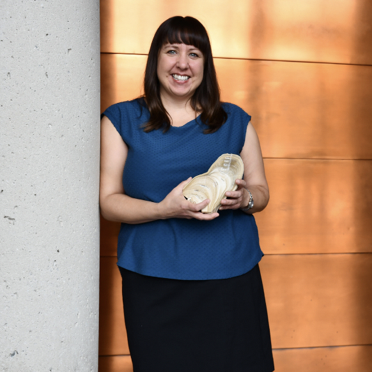
Kathleen Johnson
Kathleen Johnson (PhD 2004) developed novel approaches to using cave deposits to reconstruct changes in Earth’s past climate. Her current research combines geochemical and isotopic analysis of stalagmites with studies of modern cave systems, instrumental data, and climate model analyses, to study the timing and dynamics of precipitation variability in Southeast Asia and Mexico. She is a professor at UC Irvine where she has received awards for teaching and fostering undergraduate research. She received the Geological Society of America’s Bromery Award for Minorities.
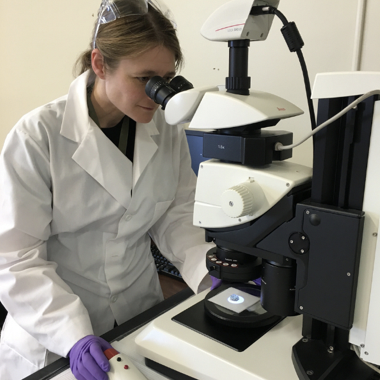
Kim B. Knight
Kim B. Knight (PhD 2006) determined the rate of volcanism associated with large igneous provinces by combining multiple geochronology approaches. She went on to a postdoc at the University of Chicago studying nucleosynthetic signatures in stellar materials, and is now staff at Lawrence Livermore National Laboratory specializing in forensics characterization of nuclear materials and helping to pioneer modern studies of historic nuclear tests.
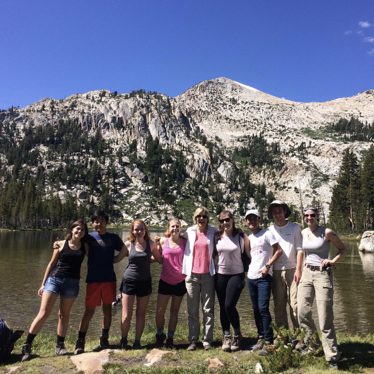
Rebecca Lange
Rebecca Lange (PhD 1989) developed new approaches to extract information about the pressure, temperature, volatile content, and crystallization history of magmas through a combination of field studies in the Mexican Volcanic Arc, laboratory studies, and thermodynamics. Dr. Lange is a professor at the University of Michigan, and has been recognized with teaching awards, the Clarke medal from the Geochemical Society, and fellowship in the Mineralogical Society of America. (Photo: Lange with undergraduates from University of Michigan on a field trip in Yosemite National Park summer 2019)
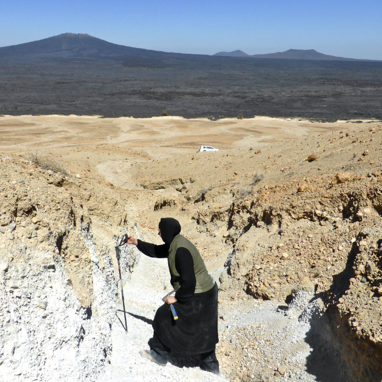
Gail Mahood
Gail Mahood (BA 1974, PhD 1980) was an early leader in field and petrologic studies of silicic magmatism, including the process that creates super eruptions. Of particular note are her studies of the Columbia River flood basalts, eruptions at Yellowstone, and eruptions in eastern California. Dr Mahood served as a professor and administrator at Stanford for forty years. (Photo: Field work in Saudi Arabia studying volcanic hazards for the Holy City of Madineh)
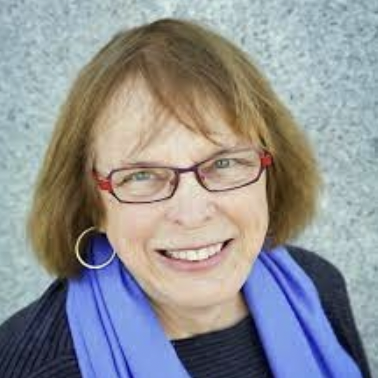
Barbara Nash
Barbara Nash (PhD 1972) used the then new electron microprobe to reveal the processes that create alkaline volcanic rocks. She has been a distinguished Professor at the University of Utah in Salt Lake City, still with emphasis on physics and chemistry of volcanic processes and most recently on the properties of newly discovered minerals.
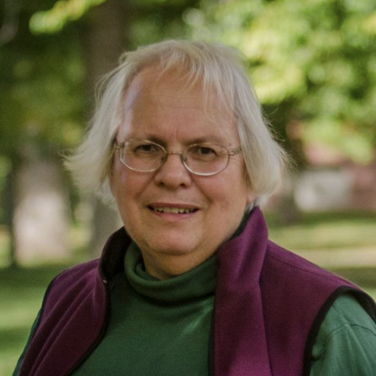
Mary Savina
Mary Savina (PhD 1982) advised more than 150 students on their research projects as the Charles Denison professor at Carleton College. Her research integrated bedrock geology, geomorphology, and hydrology to understand hillslope evolution and the environmental geomorphology of river systems. She articulated in education papers why introductory geoscience courses should be infused with quantitative literacy.
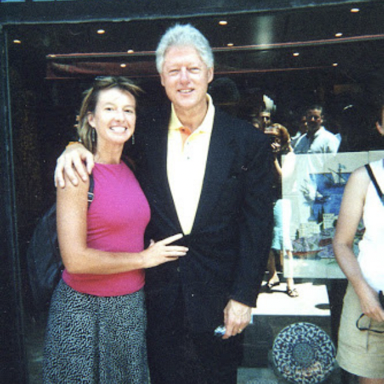
Kristin Bennett
Kristin Bennett (PhD 1994) studied the deformation of ice with experiments at the rock deformation lab at Livermore and neutron diffraction measurements at Los Alamos. After graduation she became a staff member at Los Alamos, in charge of developing a new time-of-flight diffractometer known as HIPPO (the name she gave it for “High Pressure Preferred Orientation”). Later she worked for DOE-BES and is now CEO of a highly successful science research consulting firm. Her passion is climbing mountains all over the world, from Mount Rainier in Washington to Nupla Khang in Nepal.
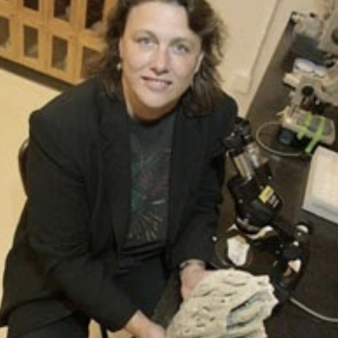
Sherry Cady
Sherry Cady (BA 1987, PhD 1994) founded and became Editor-in-Chief of the Journal Astrobiology. After studying microstructures of opal at Berkeley, she joined first NASA Ames as a postdoc and then the faculty of Portland State University where she retired in 2012 to become Chief Science Officer at Pacific Northwest Laboratory.
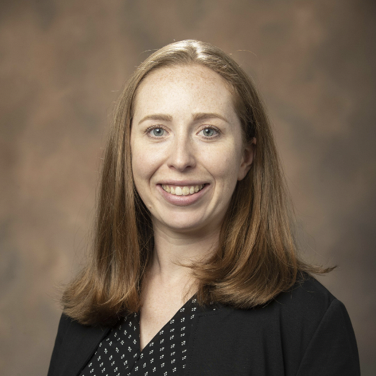
Kristen Fauria
Kristen Fauria (PhD 2017) explained how submarine volcanic eruptions produce rafts of floating pumice to distribute volcanic materials globally. She is a faculty member at Vanderbilt where she continues to use field studies, models, lab experiments, and remote sensing data to study volcanic eruptions.
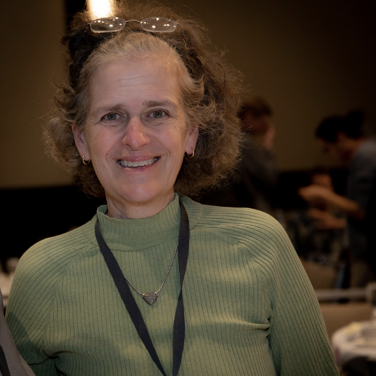
Susan Hough
Susan Hough (BA 1982) is a seismologist at the US Geological Survey, where she provided leadership and directed responses to major earthquakes by expanding monitoring and capacity building in Asia and Haiti. In addition to writing over one hundred research papers, she has authored five books including Predicting the Unpredictable, and Richter’s Scale. She was elected a fellow of American Geophysical Union.
Abby Kavner
Abby Kavner (PhD 1997) worked at the interface of mineral physics and materials chemistry, studying electrochemical processes and the nature of Earth’s deep interior. She is a professor at UCLA where her group performs high-pressure experiments using laser-heated diamond cells.
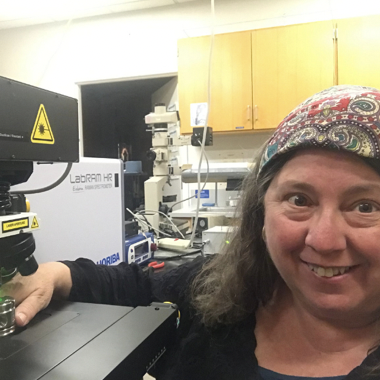
Elise Knittle
Elise Knittle (PhD 1988) performed the first experiments documenting the stability of (Mg,Fe)SiO3 bridgmanite to near the base of Earth’s mantle, showing that this is the most abundant mineral on our planet. She documented that the silicate mantle and liquid iron will react chemically at conditions near those of the core-mantle boundary. She has been on the faculty at UC Santa Cruz since 1988, serving as chair of Earth and Planetary Sciences and Applied Math & Statistics.

Jung-Eun Lee
Jung-Eun Lee (PhD 2005) showed how biological processes at the land surface modulate the hydrological cycle on daily to millennial timescales. She uses observations of biogeochemical data to identify fundamental processes in the climate system. She is a professor at Brown university and her scholarship has been recognized by the National Science Foundation with a CAREER award, as well as at the Ecological Society of America with the Cooper Award.
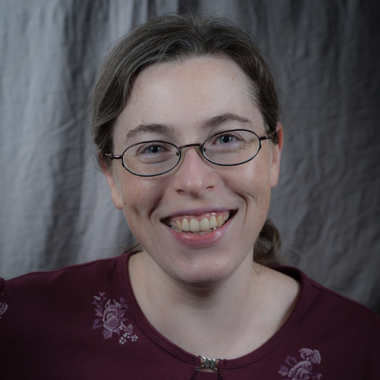
Sarah Minson
Sarah Minson (BA 2003) found that that seismic hazard is mostly not from large magnitude earthquakes, which do not happen very often, but instead from small and medium magnitude earthquakes with anomalously strong shaking. she uses probabilistic inference to study earthquakes and understand what we do and do not know about earthquakes and earthquake hazard. She is a research geophysicist with the U.S. Geological Survey's Earthquake Science Center. Her recognitions include a Presidential Early Career Award for Scientists and Engineers.
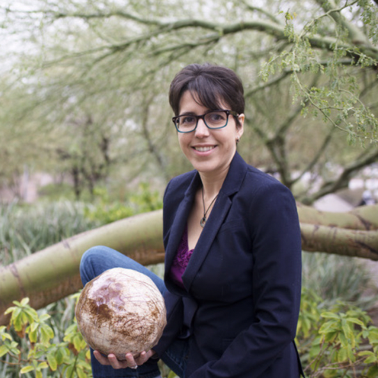
Alyssa Rhoden
Alyssa Rhoden (PhD 2011) showed how time varying tidal stresses from gas giants Jupiter and Saturn can create tectonic features on their ice-covered moons. She was recognized with a NASA Early Career fellowship. She served on the National Academies’ Committee on Astrobiology and Planetary Science and the NASA Planetary Science Decadal survey. She is a principal scientist within the Planetary Science Directorate at the Southwest Research Institute.
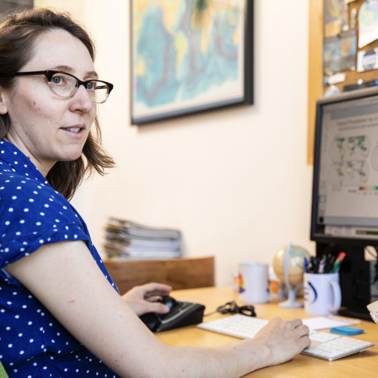
Abigail Swann
Abigail Swann (BA 2003, PhD 2010) pioneered the field of eco-climate teleconnection, wherein land cover change in one region leads to climate change not just locally but also in remote areas. She is a faculty member at the University of Washington, appointed jointly in the Departments of Atmospheric Sciences and Biology. She has received the CAREER award from the National Science Foundation as well as early career awards from both the Ecological Society of America and the American Geophysical Union.
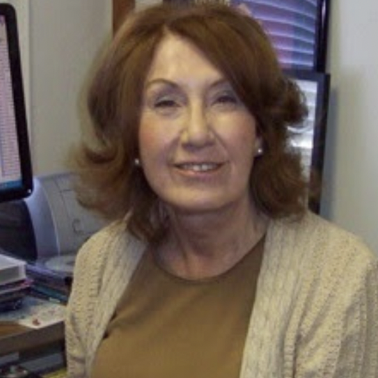
Diane Wolfgram
Diane Wolfgram (MA 1974, PhD 1977) served in the US Army in Vietnam and worked as an exploration geologist for the mining company Anaconda and then became a Professor at Montana Technological University in Butte teaching mineralogy, petrology and mining geology.
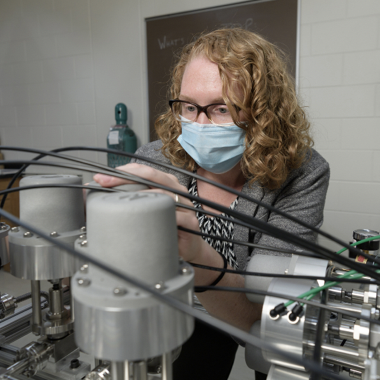
Marissa Tremblay
Marissa Tremblay (PhD 2017) developed a novel paleothermometer based on open-system behavior of cosmogenic noble gases, and was able to quantify the topographic evolution of the Tibetan plateau. She is now a faculty member at Purdue University. Her work has been honored by the Doris M. Curtis Award from the Geological Society of America and the Marion Milligan Mason Award from the American Association for the Advancement of Science. (Photo: John Underwood/Purdue University).

Beatriz Levi
Beatriz Levi (1930-2022, PhD 1969) was one of the first two women mining engineers in Chile. Recruited by Charles Meyer, she did her PhD with Francis Turner with a thesis on burial metamorphism of Cretaceous volcanic rocks in the Coast Ranges of Chile. She went into exile in 1973 and completed her career at the University of Stockholm. In 1988 the Chilean Association of Geologists awarded her the Brüggen Medal of Merit, their highest award for contributions to Chilean geology. The 16th Chilean Geological Congress in 2023 was held in her honor.
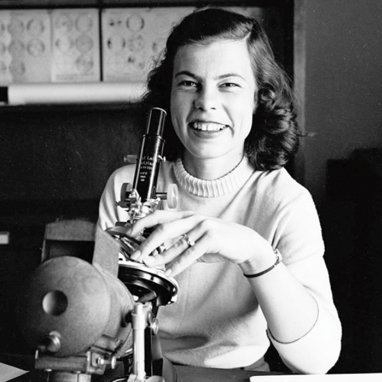
Iris Borg
Iris Borg (PhD 1954) used experiments and microstructural analysis to our understanding of deformation mechanisms in minerals. She is the first woman to have received a PhD in geology from Berkeley. She later worked as a staff member at LLNL. She has been one of the most generous donors to the Department, establishing the Francis Turner Fellowship. Her scholarship was recognized with a Guggenheim fellowship, and fellowship in the Geological Society of America and the Mineralogical Society of America.
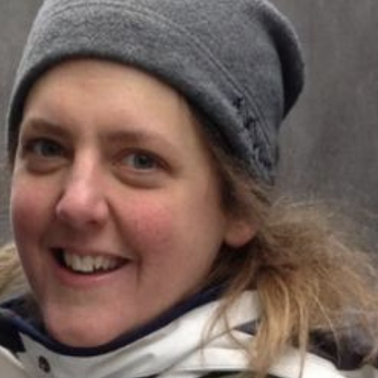
Sanne Cottaar
Sanne Cottaar (PhD 2013)discovered a mega-ultra low velocity zone (ULVZ) at the root of the Hawaian mantle plume. She combined geodynamic models, constraints from mineral physics, and observations of seismic anisotropy, to determine the active slip system in Mg-post-Perovskite. Currently, she is a lecturer at Cambridge University in the UK and continues to investigate deep Earth structure and dynamics using seismic waves.
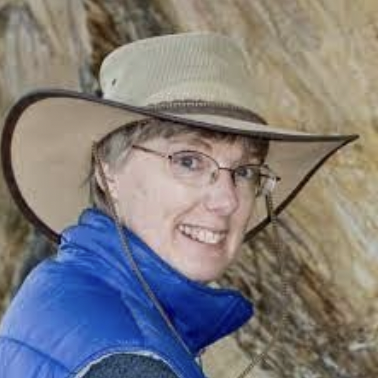
Laurel Goodwin
Laurel Goodwin (PhD 1988) studied the deformation of mylonites in Palm Canyon, Southern California. Her expertise ranges from field mapping, investigation of faults and relationships to earthquakes, stable and radiogenic isotopes and their relationship to deformation processes. She is professor of structural geology at the University of Wisconsin in Madison.
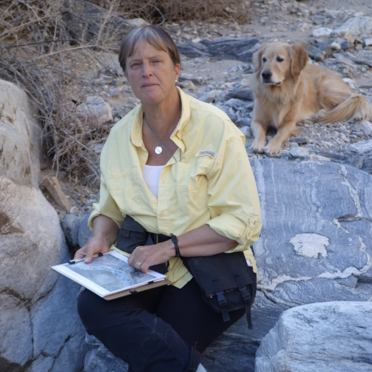
Barbara John
Barbara John (BA 1978) integrated petrology, geochemistry, sedimentology, and geophysics to study deformation of continental and oceanic lithosphere to reveal how low angle faults form, evolve, and control magmatism. In 2018 she was recognized by her PhD institution, UC Santa Barbara, with their distinguished alumnus award.
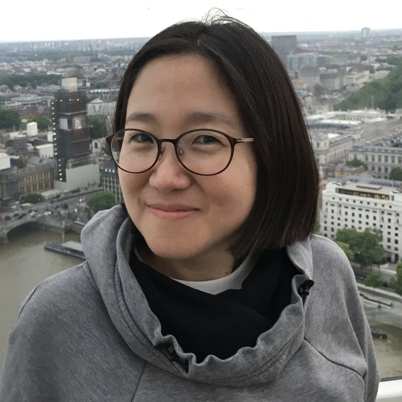
Hyojin Kim
Hyojin Kim (PhD 2014) pioneered the art of autonomous high frequency sampling of ground and stream water. Her analysis of multi-year long daily-resolved samples revealed here-to-fore unseen major processes governing weathering reactions and the generation of stream chemistry. Currently, her research focus is on the controls on CO2 emission from groundwater and streams in human-impacted landscapes such as agricultural watersheds. Dr. Kim is presently at the Geological Survey of Denmark and Greenland (GEUS).
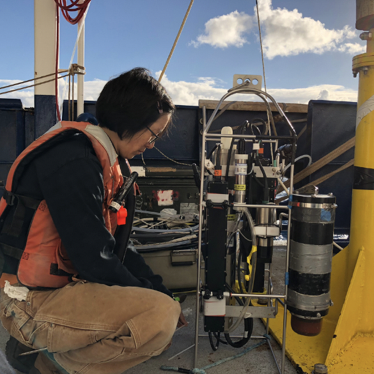
Phoebe Lam
Phoebe Lam (PhD 2005) revolutionized the understanding of iron cycle in the ocean by identifying the strong signature of continental shelf derived iron particles far offshore even in here-to-fore assumed dust-dominated regimes. Her research is focused on the role that marine particles play in the biogeochemical cycling of major and minor elements in the ocean such as carbon, iron, and other trace elements. To date, she has spent over 450 days at sea and has sampled every ocean; she is currently a co-chair of the International GEOTRACES Scientific Steering Committee and a faculty member at UC Santa Cruz. (Photo by: Alex Fox, Smithsonian Magazine)
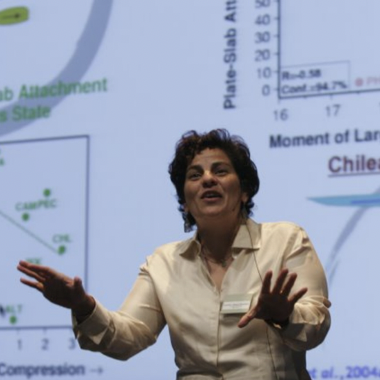
Carolina Lithgow-Bertelloni
Carolina Lithgow-Bertelloni (PhD 1994) elucidated the forces driving plate motion. She showed how flow in the mantle is coupled to the motion of tectonic plates and creates surface topography. The new advances were made possible by synthesizing computational and experimental models, with thermodynamics and geological observations. Dr. Lithgow-Bertelloni is currently a professor at UCLA and was previously on the faculty of Georgia Tech, University of Michigan, and the University College London. Her scholarship was recognized with a Packard fellowship and by the American Geophysical Union Birch lectureship.
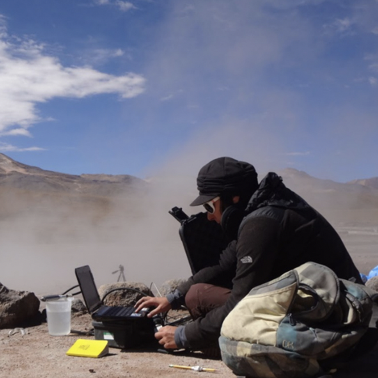
Carolina Munoz-Saez
Carolina Munoz-Saez (PhD 2016) pioneered the study of the hydrothermal systems that create geysers and geothermal deposits. She made the first comprehensive measurements of the thermodynamic evolution inside geysers. She determined the age of large hydrothermal basins and described a new geyser basin in southern Chile. She documented the ability of silica sinters to preserve the extremophile communities hosted by hydrothermal waters. Dr. Munoz-Saez joined the faculty at the University of Nevada, Reno after holding an American Association of University Women postdoctoral fellowship.
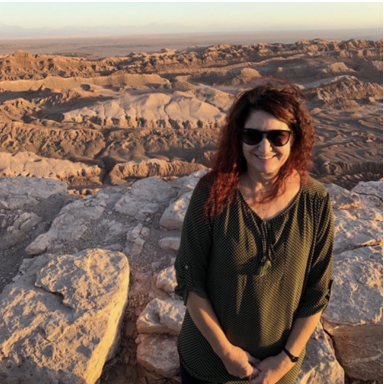
Tracy Rushmer
Tracy Rushmer (BA 1981) oversees several experimental laboratories in Australia that create both hydrostatic and deformation conditions to investigate mineral interactions under pressure and temperature. Her work focuses on the evolution of planetary bodies, particularly on differentiation, which is the fundamental mechanism by which the terrestrial planets evolve through time. She is a professor at Macquarie University. (Photo: Atacama Desert)
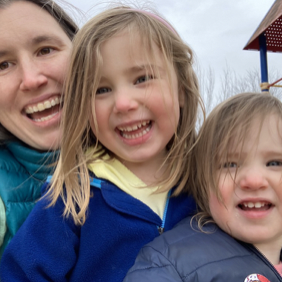
Amanda Thomas
Amanda Thomas (PhD 2012) provided new insights into the physics of earthquakes through novel studies of aseismic fault slip, low-frequency earthquakes triggered by tides, and unusual seismic sources beneath volcanoes and in active landslides. She is a faculty member at the University of Oregon. Her research has been recognized by the Seismological Society of America Charles F. Richter Early Career Award, and a CAREER Award from the National Science Foundation.
Undergrad Alumni
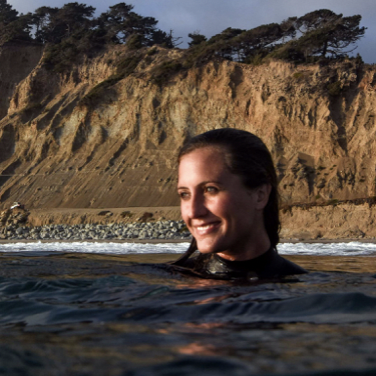
Jessica Kendall-Bar
Jessica Kendall-Bar (BA 2016) while at Cal, engaged in a wide range of research topics including ocean geochemistry (at sea with the Bishop group), octopus feeding, arthropod mating, moray eel behavior, human sleep deprivation, and marine mammal sleep. Her efforts have enriched teaching in EPS82 Oceans. In parallel to her exploration of science, Jessica’s illustrations, animations, and cinematography aim to accurately portray scientific research and its role in preserving underwater ecosystems. She is currently pioneering novel, non-invasive methods to record sleep and brain function in freely diving marine mammals as part of her Ph.D. studies at UC Santa Cruz.
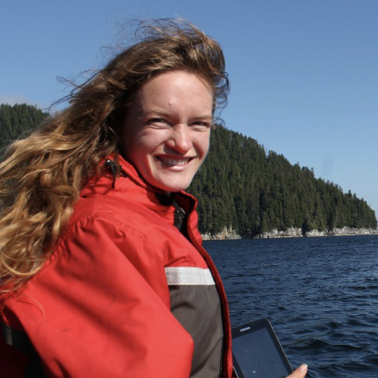
Courtney Hann
Courtney Hann (BA 2012) joined the EPS crew at sea, completed her Honors Thesis on phytoplankton, and published a paper on coral reef filter feeders as part of a Mo’orea field course while an undergraduate at UC Berkeley. She conducted estuarine ecology research at UC Davis, gained a Masters in Marine Resource Management from Oregon State University, worked in Scotland as a Nature Reserves Ecologist, and on the west coast as a NOAA intern on marine management, coordination, and fisheries management projects. Courtney is currently employed by NOAA NMFS as the U.S. Program Manager for the Pacific Salmon Commission, the international Commission that administers the Pacific Salmon Treaty and salmon management between the U.S., Canada, First, Nations, and Tribes.
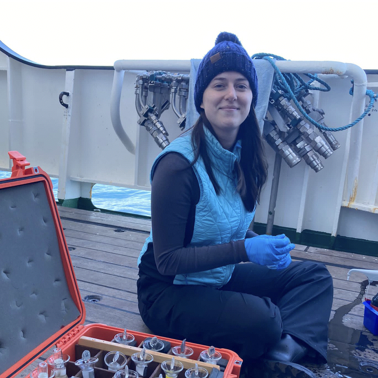
Alex Niebergall
Alex Niebergall (BA 2016) is currently a PhD candidate in the Earth and Climate Science Department of Duke University's Nicholas School of the Environment. Her thesis is examining the connection between surface ocean microbial communities and the ocean's ability to store carbon through the biological carbon pump. Before starting her graduate studies, she worked as an assistant Dive Safety Officer at the Oregon Coast Aquarium and as a communications specialist for the Colorado Department of Public Health and Environment. These positions expanded her interest in effective scientific communication, a passion she continues to pursue as a graduate student.

Yayla Sezginer
Yayla Sezginer (BA 2019) is working towards her PhD in biological oceanography at the University of British Columbia. She spends lots of time thinking about various methods of measuring phytoplankton photosynthetic rates and has grand plans to apply several of these methods this summer on a scientific cruise through the Canadian Arctic Archipelago. Outside of school, her energy is devoted to trying to convince her friends to take icy dips in Vancouver's Burrard Inlet and playing in the mountains surrounding the city.
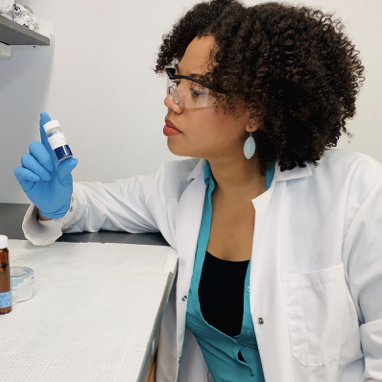
Imari Walker Karega
Imari Walker Karega (BA 2016) was the 2015 Vice President for the Black in Engineering and Science Student Association and 2013 Theme Program Advisor for the Women in Science and Engineering residence during her time at Cal. She gained her Master’s degree in Civil and Environmental Engineering at Duke University Pratt School of Engineering (2019). She is currently finishing her PhD in Environmental Engineering at Duke studying the release and transformation of potentially harmful chemicals associated with plastics and microplastics in freshwater environments. Alongside her PhD work, Imari uses her science communication-based YouTube channel and public speaking events to share information about plastic pollution, microplastics, and chemicals associated with these consumer products.

Beth Connors
Beth Connors (BA 2018) is currently a 2nd year PhD student in the Biological Oceanography Department at Scripps Institution of Oceanography. Her research focuses on the microbial ecology of the Western Antarctic Peninsula, as part of the Palmer Long Term Ecological Research (LTER) team. In particular, she is interested in the fate of bacterial carbon (via viral lysis and bacterial predation) and its flow through the Antarctic food webs. She is also an instructor for Sally Ride Science Summer Academy, a summer intensive for high school students in San Diego.
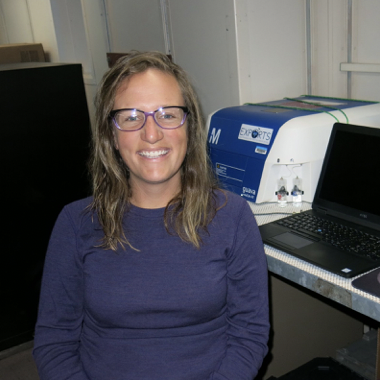
Heather McNair
Heather McNair (BA 2010) studied the growth behavior of natural ocean diatom communities during her Ph.D. at UC Santa Barbara. Currently she is a postdoctoral scholar at the University of Rhode Island understanding how microbial food web dynamics affect carbon cycling in the ocean as part of NASA’s seagoing EXPORTS program.
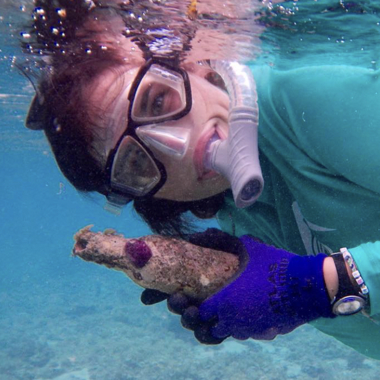
Charlotte Runzel
Charlotte Runzel (BA 2016) researched intertidal kelp in Professor Khoel’s Lab and marine sponges at the Gump Station in Mo'orea at Cal. She was the Director of Camp Kesem Berkeley, organizing a summer camp for 200 kids whose parents have or have had cancer. Post graduation, Charlotte has been at the National Audubon Society's policy office in Washington D.C. where she has worked to protect forage fish (small fish important for the marine food web), advance coastal restoration, expand and defend marine protected areas, and more. Charlotte plans to attend Georgetown University's McCourt School of Public Policy this fall.
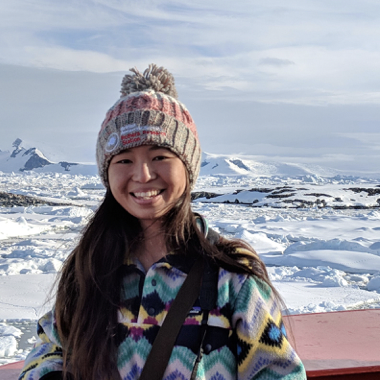
Rebecca Trinh
Rebecca Trinh (BA 2014) has spent three field seasons in Antarctica, as part of her PhD studies at LAmont, studying biological food web processes in the waters bordering the West Antarctic Peninsula. She has documented that krill fecal pellets play a dominant role in organic carbon export from the surface layer and is studying bacterial processes that decompose this material in deeper waters.

Doriane Weiler
Doriane Weiler (BA 2015) is currently a 5th year PhD Candidate in the Ecology and Evolutionary Biology Department at the UC Santa Cruz. Her research uses mosquitofish (Gambusia affinis), the world’s most invasive freshwater fish, as a model system to explore questions about thermal adaptation in reproductive behavior and the ecological consequences of sexually selected traits. She is deeply invested in helping undergraduates translate their experience into thriving careers.
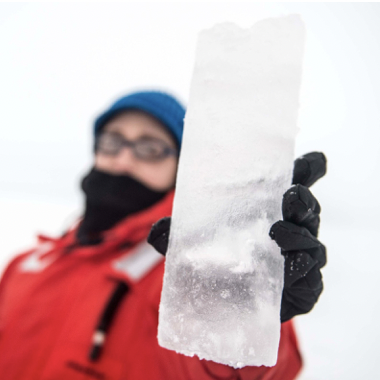
Gabrielle Weiss
Gabrielle Weiss (BA 2012) developed a deep passion for seagoing marine chemistry during her studies at Cal. She received her MS at the University of Hawaii, during which time her seagoing work has taken her as far north as the geographic north pole (90oN) as far south as the Antarctic Circle (66oS) studying the trace chemical composition of seawater as part of the GEOTRACES program. She currently works at FIAlab Inc. (Seattle, WA) where she continues to produce and develop microfluidic instruments for chemical analyses.
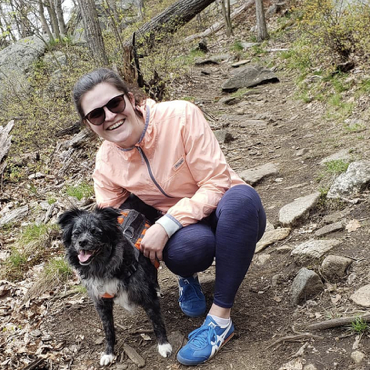
Megan Hayes
Megan Hayes (BA 2013) joined us at sea and was the captain of the Cal Sailing Team and campaigned to race in the America’s Cup racing catamarans called AC45’s in her graduating year. She gained her Masters degree in Environmental Economics and Policy at Duke University’s Nicholas School of the Environment (2015). She has since worked in Texas and New York State on diverse projects including wind and solar farms, offshore wind planning, transmission design, remediation and shoreline restoration. She is currently employed by the New York Power Authority where she contributes to the implementation of the NYPA’s clean energy goals as a Licensing Specialist, currently overseeing over 300 miles of new transmission build.
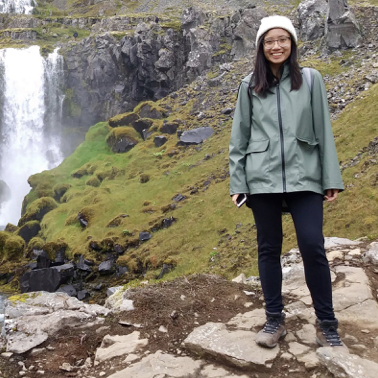
Athena Anh-Thu Ngheim
Athena Anh-Thu Ngheim (BA 2016) graduated with highest honors, Athena was selected by EPS as Outstanding Woman Student under the Association for Women Geoscientists: SF Bay Area Chapter. She conducted research with the Bishop group on the ground water and stream geochemistry of the Angelo Coast Range Reserve. Since graduation, Athena’s research has taken her to Vietnam and Australia to explore how hydrological, mineralogical and biogeochemical factors interact in the subsurface to drive the naturally-occurring release of toxic arsenic into groundwater. She won NSF GRFP support and is now pursuing Ph.D. studies at Lamont Doherty Earth Observatory.
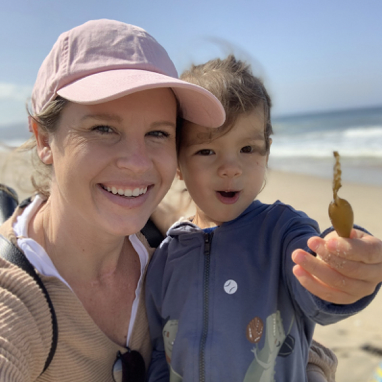
Sara Shen
Sara Shen (BA 2010) graduated from EPS with highest honors, and was recognized as an Outstanding Woman Student by the Association for Women Geoscientists. Sara holds a Ph.D. (2016) in Oceanography and M.S. in Marine Biology from the Scripps Institution of Oceanography at the University of California, San Diego, and training in conflict resolution and negotiation. As Senior Associate at Strategic Earth Consulting, Sara is dedicated to facilitating the design of equitable processes in natural resource decision-making and management. Her portfolio includes collaborative fisheries and ecosystem-based management, marine spatial planning, and large-scale policy planning, all threaded by meaningful engagement with the community.
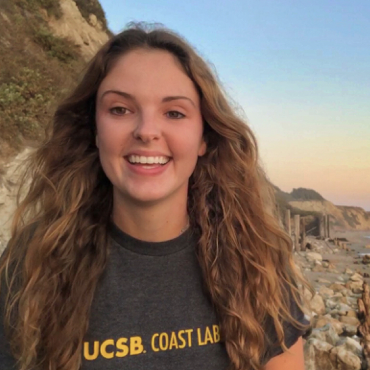
Cecily Tye
Cecily Tye (BA 2018) completed her honors thesis on the late-Pleistocene paleoclimate reconstruction and gained seagoing experience in Sea Semester's "Oceans & Climate" program. On graduation, she worked for the Bureau of Land Management in environmental conservation and management. Currently she is a Ph.D. student at UC Santa Barbara in physical oceanography, where she deploys autonomous underwater and surface vehicles in her study of biophysical interactions in coastal marine ecosystems.
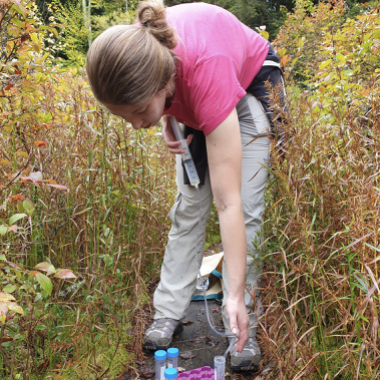
Amelia Weiss
Amelia Weiss (BA 2013) as a certified cave diver, completed her honors thesis research on the hydrographic controls of submerged communities in Karst environments; after working in the non-profit sector for several years, she is now completing her Ph.D. in Ecology and Evolutionary Biology at Cornell University. Her dissertation explores how fluctuations in food availability through time impact community ecology of protists living in the pitchers of carnivorous plants. In addition to research, Amelia is heavily involved in outreach through the non-profit organization Habele to coordinate high school robotics programs for students in the Pacific Islands.
